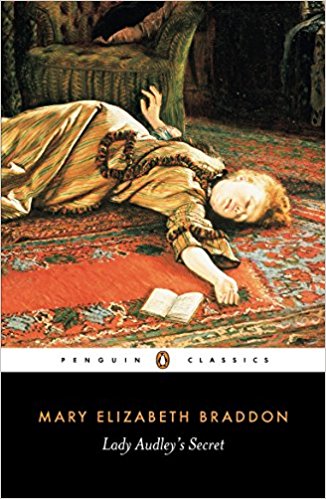
4*s
The Classic Club Spin number 18 picked Breakfast at Tiffany’s by Truman Capote for me which was one of the few novellas on my list – not exactly the chunkster the organisers had urged us to choose for the extra long time period allowed – but I was pleased since my last classic seemed to go on for an age!
Once it was picked I then decided to investigate a little more – you can read my full post here.
This is an intriguing novella that I can imagine packed quite a punch when it was first published in 1958.
Holly Golightly (what a fab name) is the object of our narrator’s fascination. He lives in an apartment above hers in a brownstone apartment in Manhattan’s Upper East Side where he writes. Holly is a country girl although her past is a bit of a mystery. She has no job she lives off others good favour including Sally Tomato, who she visits in prison, every week. For this service she gets paid $100. In between times she is treated well by the wealthy men and she assumes that sooner or later she will marry one of them.
Of course to the reader, Holly Golightly is not just a good time party girl. It is far more likely that she is an expensive sort of call-girl but one that I think that appeals to the female readers of the book as the fictional men who clearly like her.
In many ways the novel is a snapshot of a place and time. We have the bar owner who knows both Holly and our narrator, being conveniently situated as a bartender of nearby bar. But it is Holly who has the spotlight shone on her at all times. In many ways her background is a complete mystery, the only ‘fact’ seems to be is that her brother is called Fred, the name she ascribes to our narrator out of some sort of affection for him although she claims “I’m going to call you Fred. After my brother. He’s very stupid, too.”
The story told seems on the surface to be quite a simple one. It certainly isn’t long and yet there is something very captivating about it, both in terms of the characters and the writing style. Truman Capote is one of those writers whose work does not seem to have dated in so many ways. The style used is of the enquiring nature of the narrator that blends perfectly with not an urgent need but a more gentle yearning to understand this young woman more.
For me the key seemed to be in the past, I had the feeling if we could unwind far enough we would see the foundation to the creation that ‘our’ Holly clearly is. This meant almost back-to-front as usually we want to know where a character is going, but perhaps I knew ultimately where that would be and so I felt if we could go back first, maybe a slightly different path could be walked. Who knows? What I do know was that I was as charmed by this young woman in a way I simply did not expect to be. I felt sorry but wholly unsurprised as she was thoughtless and careless with others and equally sorry for our narrator and the barman who had this bright young thing in their orbit, and then they lost her.
Breakfast at Tiffany’s is number 14 on The Classics Club list and the nineth of my fifty choices that I’ve read and reviewed. Yup, I’m a little bit behind!
First Published UK: 1958
Publisher: Random House
No of Pages: 160
Genre: Classic Fiction
Amazon UK
Amazon US




























